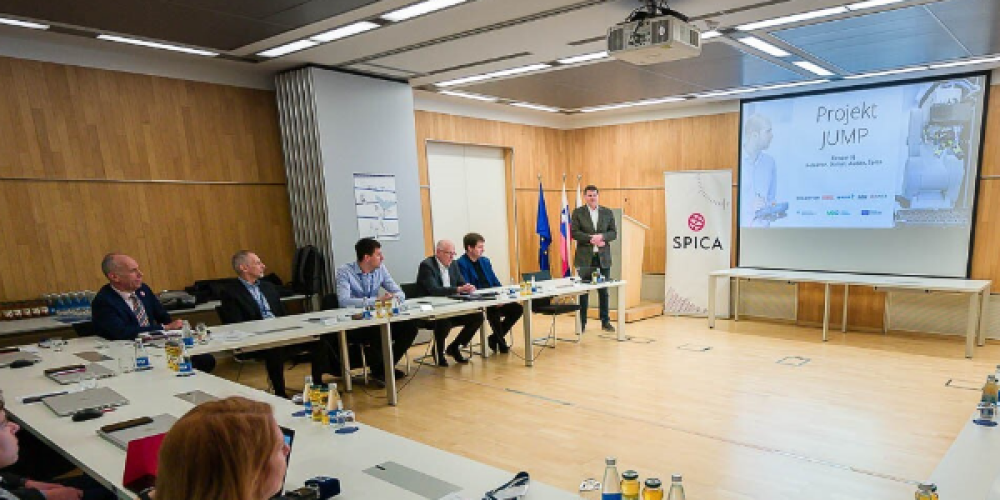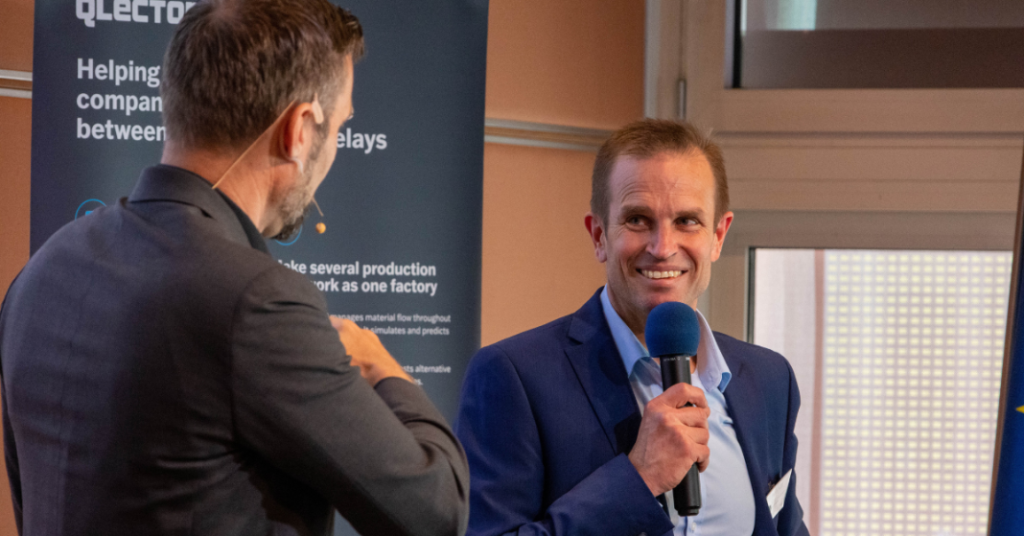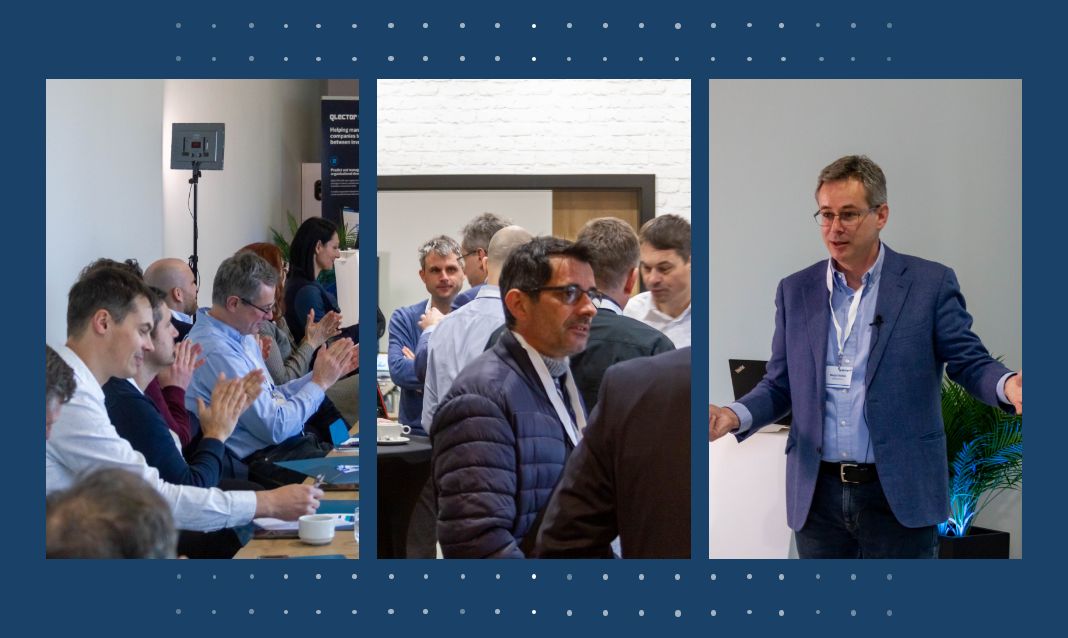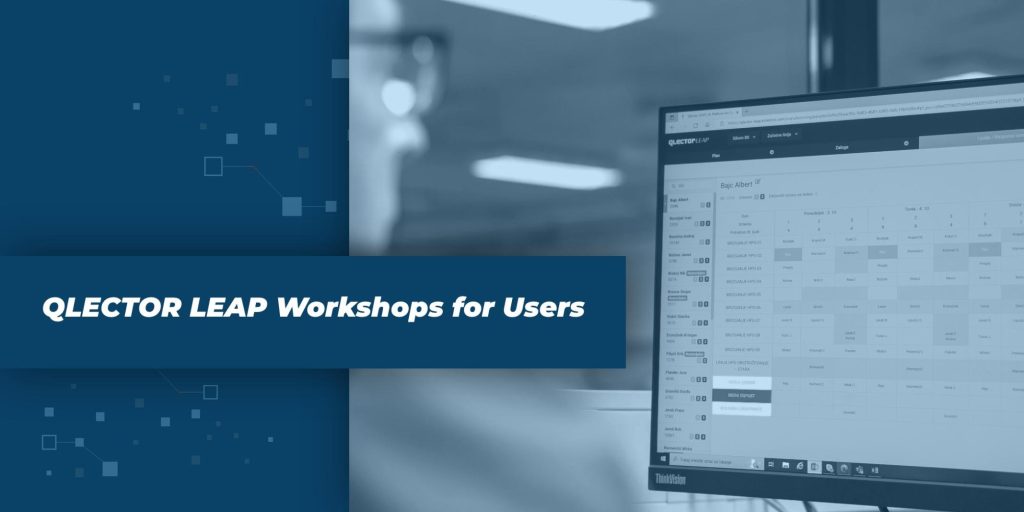
Completion of the JUMP Project
Kolektor, together with consortium partners Domel, Špica International, and Audax, successfully completed the JUMP digital transformation project in March 2024. We executed 11 sub-projects, all focused on the digitalization of production data, enhancing the efficiency of manufacturing and management processes through advanced data usage and process modeling, establishing a digital thread in procurement-sales processes, quality, HR functions, and other support processes.

Sub-project 1 – Smart Factory Platform: Integration of existing IT systems (SAP, MES Sinapro, Windchill, Time&Space, MyKolektor, LEAP, etc.) into a single information backbone was established, allowing for the connection and communication of previously unconnected information systems.
Automation of supply tasks at production sites and robotization of some of the most complex workstations (e.g., packaging, SPC measuring stations) were implemented. Automatic tracking of material or product traceability in certain production phases was also ensured.
Sub-project 2 – Advanced Use of Production Data: Within the scope of the project, Domel upgraded its production equipment and existing architecture to capture a greater volume of data (from PLC, SCADA, MES, and ERP systems), linked it into a network for real-time processing with algorithms, and informed operators about production trends and potential causes of changes and delays. A data warehouse was established, and the use of BI tools for advanced analytics was introduced. To ensure quality or advanced use of data about tools and products, data transfer from development through design, tool making to production was digitalized, with established interaction with the Windchill program.
Sub-project 3 – Tool Management: A tool for managing the status and availability of tools and ordering maintenance services was developed in the SAP information system. Traceability on tools was established via QR codes, and on fixed assets via RFID tags. This upgrade will lead to fewer production delays. The quality and quantity of tools are known at all times, as their statuses, quantities, and locations are clearly visible. Interaction with the Windchill environment was also established.
Sub-project 4 – QMS: By setting up the OP center, we digitalized contents in the quality area from FMEA, through control plans, SPC measurements, calibration of measuring tools to complaints, and analyses of non-conformities. The new QMS platform is connected to SAP and OpenText, through which access to technical drawings from Windchill is regulated. The main advantage is the automation of larger task blocks and comprehensive control over them.
Sub-project 5 – Management of Sales Forecast: In Domel’s business function of sales, monitoring of sales forecast accuracy was implemented. In the storage and production function, all necessary resources and material movements were digitalized. In the procurement function, the submission of processes to the supplier and the function of lean supply based on cloud technology were implemented. In the supply chain function, a shared product valuation was implemented. In the production function, ordering and booking of material consumption according to actual use and the digitalization of continuous improvement meetings and employee schedule planning were implemented. In planning, the capabilities of employees were implemented into the digital twin as a criterion for sorting the production plan. In all business functions involved in the process of managing sales needs, prototypes are implemented into that part of the system where actual effects are monitored according to research. The goal is to transfer prototypes for use throughout the system as soon as possible.
Sub-project 6 – Cognitive AI Assistant: AI assistant (QLECTOR LEAP) accesses data on the state of production in real time, planned presence and availability of workers, and the availability and quantity of production tools. With this data, it enables more efficient production planning and takes over some of the organizational functions of planners, shift leaders, and logisticians. By predicting future scenarios and future performance indicators or KPIs, users have a better overview of the expected state in production.
Sub-project 7 – E2E Monitoring and Management: In Špica, a pilot SaaS sales funnel setup was established and demonstrated in a real environment. The data-driven approach for monitoring customers on the purchasing path and advanced AI analytics for more effective direction of marketing and sales activities offer excellent preventive support to customers and proactively suggest the selection of their key needs and desires, which then also land on their new DEVOPS development platform as a priority.
Sub-project 8 – Change Management: In the KP13 plant, a pilot information environment for managing changes in the product life cycle through all phases was established. The change management process starts in development and technology and continues through all departments involved in the product life cycle, which are procurement and logistics, production, quality, and sales.
Sub-project 9 – E-HRM: With the introduction of the new HR platform SuccessFactors, the digitalization of standardized HR processes was carried out. All stakeholdersincluding HR staff, managers, and employees will have access to the unified E-HRM platform, which contains modules for personnel records, recruitment, training, and performance management.
Sub-project 10 – DEVOPS Development Platform: In Špica, a new modern flexible development environment for developers and users from sales and support was established, allowing faster development of priority functionalities and better cooperation with the sales and support service. Regular daily communication with customers will proactively influence the priority directions of development. The new platform also meets all the requirements of the ISO27017/27018 standard, which specifically refers to security risks in the cloud environment.
Sub-project 11 – Digital Workplace: In Audax, a comprehensive upgrade of the internal CRM system was carried out, which today represents a fundamental tool for supporting the business model of software license leasing and the basis for communication with their customers. Routine processes were automated and customer services were improved. With the digital transformation completed, access to shared content and project documents via the cloud environment was ensured, while also increasing IT security. Employees were provided with better information, flexible workplaces, and effective tools for teamwork.

The investment is “Financed by the European Union – NextGenerationEU”. The investment is part of the measures of the plan financed from the Recovery and Resilience Facility. The aim of the plan is to mitigate the economic and social consequences of the COVID-19 pandemic and ensure that the economy and society are more sustainable, resilient, and better prepared for the challenges and opportunities of the green and digital transition. For more information about EU funding, see HERE.











